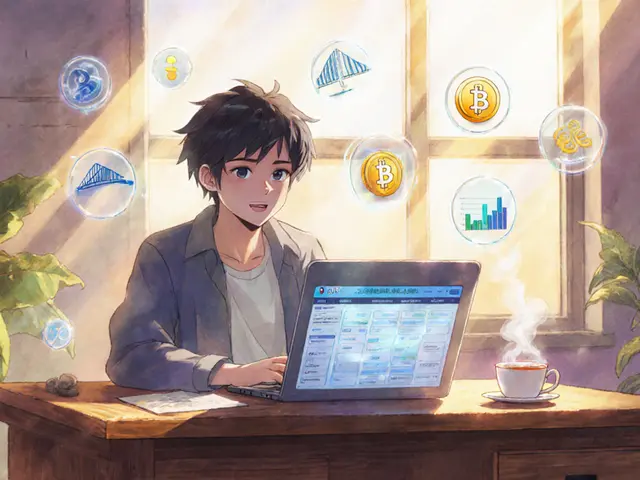DePIN Challenges: What's Really Holding Back Decentralized Physical Infrastructure Networks
When you hear DePIN, Decentralized Physical Infrastructure Networks that use blockchain and crypto incentives to build real-world infrastructure like Wi-Fi, storage, or energy grids. Also known as decentralized physical infrastructure networks, it's not just another crypto trend—it’s an attempt to rebuild essential services without central control. But here’s the truth: most DePIN projects aren’t delivering on their promises. They’re stuck in pilot mode, fighting regulation, low adoption, and broken token economics. Look at the posts here—crypto mining regulations in Pakistan, government rules that dictate who can mine, how much power they can use, and whether they pay taxes, or carbon credit trading on blockchain, efforts to turn environmental offsets into tradeable tokens with real verification. Both are DePIN use cases. Both are struggling to scale because the real world doesn’t care about smart contracts—it cares about reliability, cost, and legality.
DePIN needs three things to work: people to use it, money to build it, and rules that don’t crush it. Most projects nail the first one with airdrops—like Peanut.Trade (NUX), a token given out for free that now trades for less than half a cent. But giving away tokens doesn’t create users. It creates speculators. Meanwhile, projects trying to build real infrastructure—like wireless networks or data storage—are hitting walls. In Pakistan, the government gave 2,000 MW of power to miners, but the IMF is watching. In the U.S., exchanges need $2 million and years to get licensed. DePIN projects don’t have that kind of cash or patience. And when regulators step in, as they did with SEC crypto enforcement, fines that reshaped how crypto firms operate, DePINs get caught in the crossfire. They’re labeled as unregistered securities, even when they’re just paying people to run routers or solar panels.
Then there’s the token problem. If the token’s value crashes, the incentive dies. If the token has no utility beyond speculation, people walk away. Look at CAKEBANK, a token with no exchange listings, no community, and a price so low it’s basically worthless. That’s not an outlier—it’s the norm. DePIN projects often launch tokens before they have infrastructure. They’re betting the token will attract builders. But builders need stable revenue, not volatile crypto. The few DePINs that are working—like those in carbon credit trading or localized energy grids—are the ones that tie token rewards directly to measurable, real-world output. Not hype. Not airdrops. Actual results.
What you’ll find in these posts isn’t just a list of failed projects. It’s a map of where DePIN is actually trying to move—and where it’s getting crushed. You’ll see how regulation kills innovation before it starts, how tokenomics misalign incentives, and why some projects survive while others vanish overnight. This isn’t about blockchain magic. It’s about real people, real money, and real rules. And if DePIN wants to move beyond niche experiments, it needs to start solving those problems—not just minting more tokens.
Challenges Facing DePIN Networks: Why Decentralized Infrastructure Is Harder Than It Looks
DePIN networks promise decentralized infrastructure powered by everyday users, but face major hurdles in token economics, regulation, hardware costs, and scalability. Here’s why they’re harder to build than they seem.





